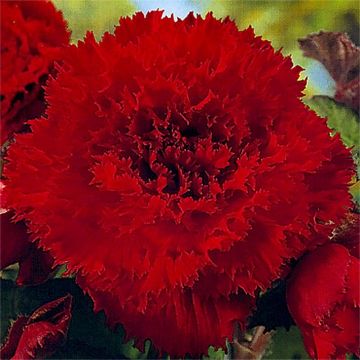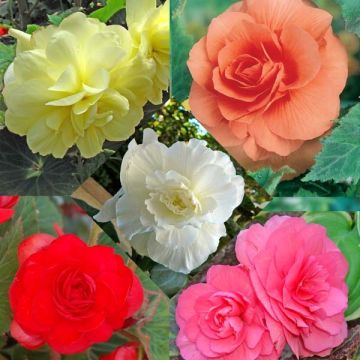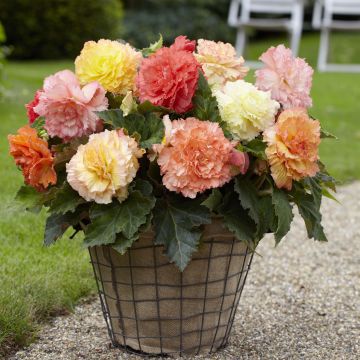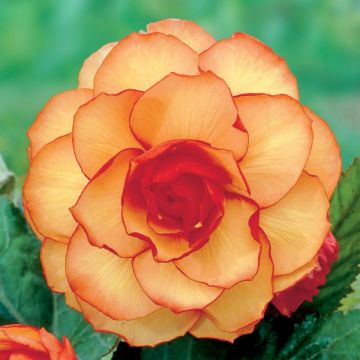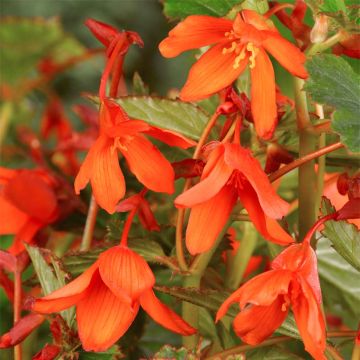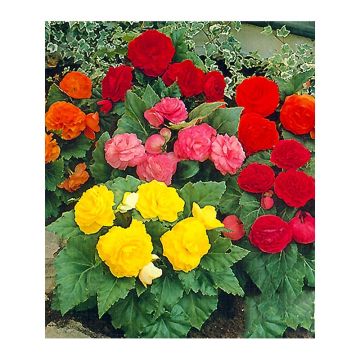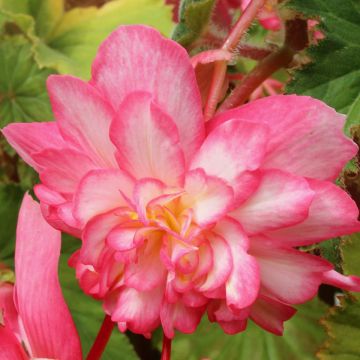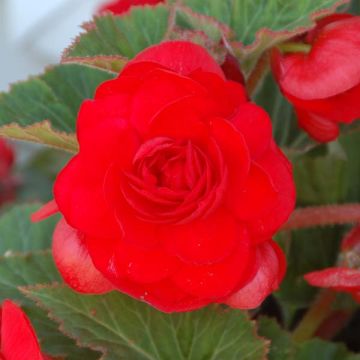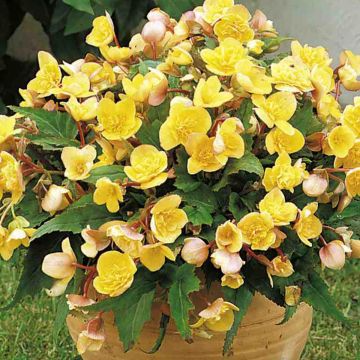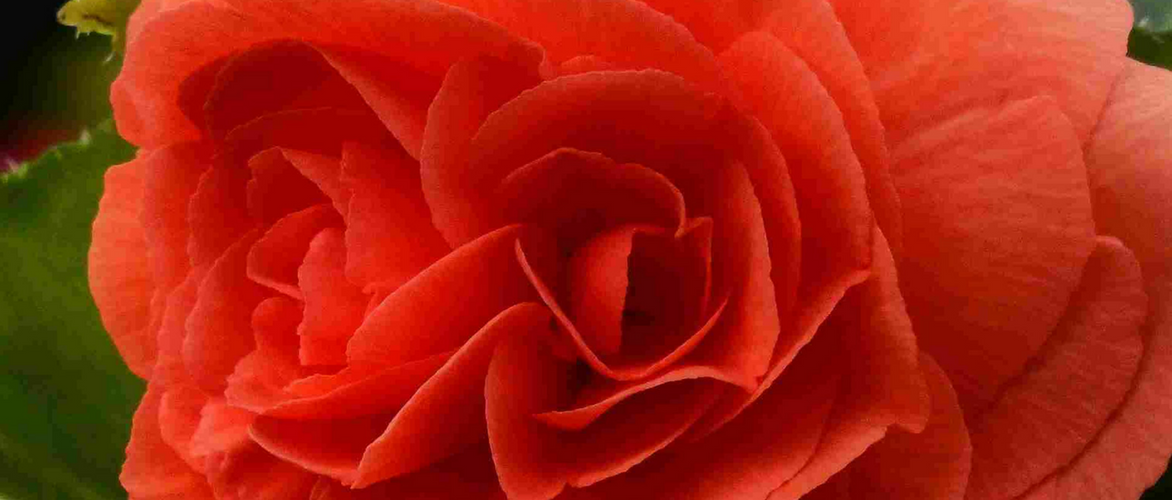
Wintering of tuberous begonia
To properly store and protect tubercles from frost
Contents
The tuberous begonia is a generously flowering plant, ideal for pots, window boxes, or in the ground, that brightens up shady areas. However, as winter approaches, it is essential to properly winter your tubercles, as this plant cannot withstand frost. Its tubercle, identifiable by its rounded and slightly flattened shape, resembles that of the cyclamen. To ensure a beautiful flowering in the following spring, it is important to know how to preserve and store tuberous begonias during winter. We provide an overview in our advice sheet.
What is a tuberous begonia?
The tuberous begonia (Begonia × tuberhybrida) is a plant grown here as an annual flower. However, if you take care of its tuber during the winter (keeping it frost-free), you can easily keep it for several years. It grows from a tuber, a type of underground reserve that allows it to survive during its vegetative rest period. Unlike semperflorens begonias (which flower all year round), tuberous begonias have a seasonal growth and enter dormancy in winter.
Culture and Care in the Garden
- Exposure: partial shade to light shade (avoid full sun which can scorch the foliage).
- Soil: rich, light, humus-bearing, and well-drained. Excess water can cause the tubers to rot.
- Planting: in April-May, after the last frosts, in pots or in the ground. Place the tuber with the hollow side facing up.
- Watering: regular, but not excessive. Avoid watering the foliage to limit diseases.
- Flowering: from June until the first frosts, with large double or single flowers in vibrant colours (red, pink, yellow, orange, white…).
Main Species and Varieties
- Begonia × tuberhybrida: the most common, with large double or frilled flowers.
- Begonia pendula: trailing habit, ideal for hanging baskets.
- Begonia multiflora: small, abundant flowers and very floriferous.
- Begonia grandiflora: larger and more spectacular flowers, perfect for borders.
Find all our begonia bulbs in our online nursery.
Read also
Planting BegoniasWhy winter the tuberous begonias?
Tuberous begonias are non-hardy plants, meaning they cannot withstand frost. In winter, if they remain in the ground or in pots outside, their tubercles risk rotting or dying due to the cold and excessive moisture.
Good reasons to winter tuberous begonias
- Protect the tubercles from frost: below 5 °C, the tissues of the tubercle begin to degrade.
- Preserve the plant from rot due to moisture: overly moist soil in winter can lead to the development of fungi.
- Ensure a beautiful flowering the following year: proper wintering helps keep tubercles healthy, ready to restart in spring.
- Multiply begonias: during wintering, it is also possible to divide the tubercles to obtain new young plants.
Discover other Begonias
View all →Available in 1 sizes
Available in 1 sizes
Available in 0 sizes
Available in 1 sizes
Available in 1 sizes
Available in 1 sizes
Available in 1 sizes
Available in 1 sizes
Available in 1 sizes
Available in 1 sizes
When to proceed?
Begonias tuberous tubercles should be wintered as soon as the foliage yellows, usually after the first light frosts of autumn (October-November depending on the regions). Uproot them before a more intense frost damages them, then allow them to dry before storing them in a sheltered place.
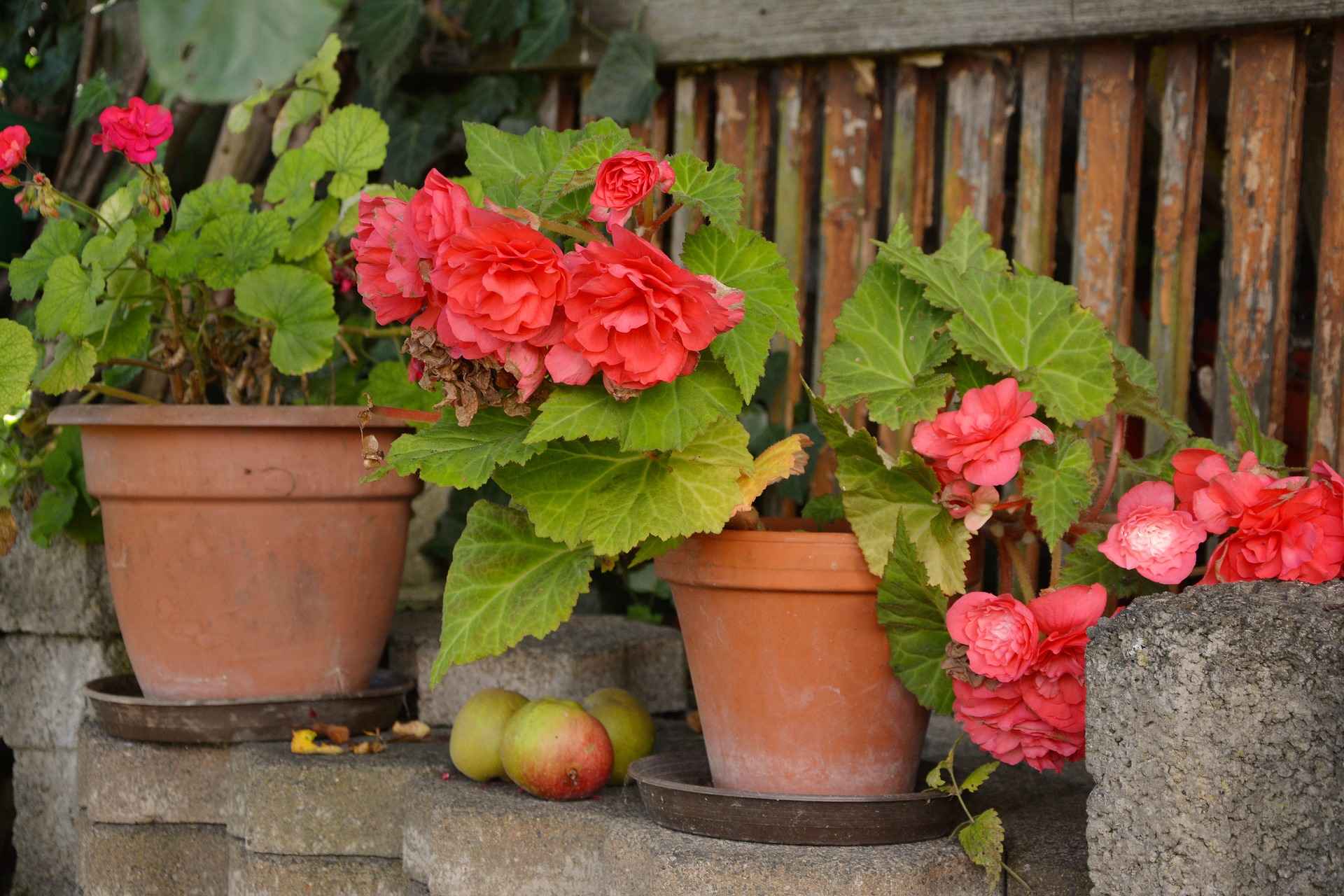
Read also
Wintering of tuberous begoniaNecessary materials
- Pruning shear : for cutting faded stems.
- Fork-spade or transplanter: for uprooting tubercles without damaging them.
- Soft brush or cloth: for removing excess soil.
- Wooden or cardboard box: for storing tubercles.
- Dry sand, turf or newspaper: to keep them safe from moisture.
- Gardening gloves : to protect your hands during handling.
- And finally, a cool, dry place (cellar, garage, unheated attic): for wintering tubercles.
How to proceed?
- After the first frost, once the foliage has withered, lift the begonias from the ground using a fork
- Allow the plant to dry with its foliage by storing it for a few days in a dry place
- Using a pruning shear, remove the stems and clean the tubercle with a soft cloth to ensure no soil remains, as this could cause it to rot
- Store them all winter in a little turf, in a dry place, protected from frost, to replant after the last frosts
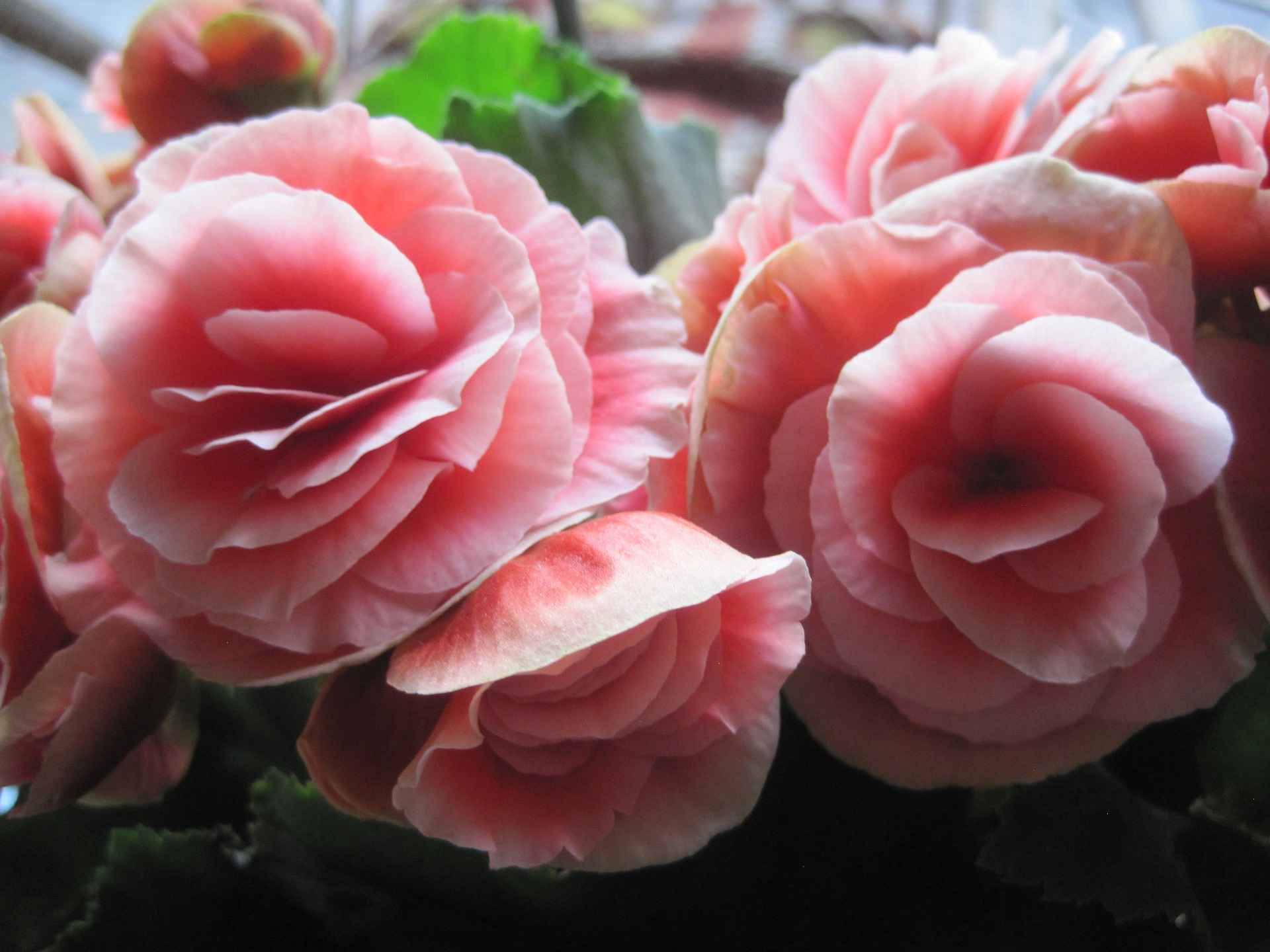
- Subscribe!
- Contents































